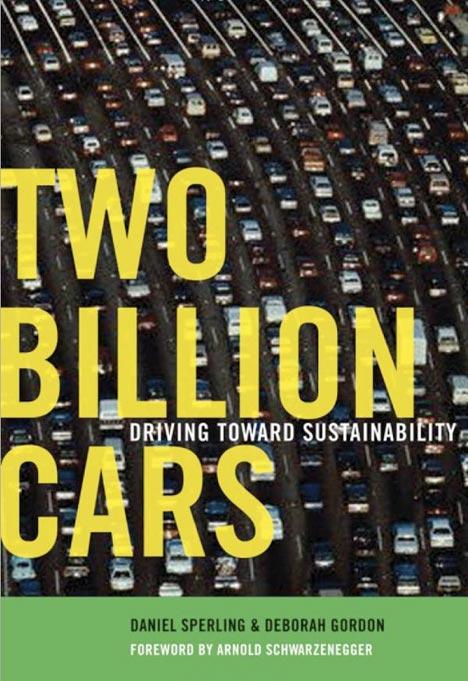Cool Roofs and Photovoltaics: An Unlikely Pair
There are many types of sustainable roofs including white roofs, green roofs, and roofs with solar photovoltaic (PV) panels and solar hot water systems. The performance of sustainable roof technology often can be optimized if it is integrated with a different, complementary sustainable roof technology.
An example would be that the efficiency of a PV system frequently improves when it is placed above a cool roof. Because of their lighter color, cool roofs reflect sunlight (solar reflectance) and efficiently emit thermal radiation (thermal emittance). By cooling the roof and lessening heat transfer into the building, cool roofs reduce the cooling load of the air-conditioning system. This leads to both energy and financial savings while improving sustainability by minimizing greenhouse gas emissions.
A 2001 study by the Lawrence Berkeley National Laboratory in cooperation with the EPA underscores the value of cool roofs for reducing energy usage and related costs. The study focused on a 100,000-square-foot building owned by a major retailer in Austin, Texas, built with a traditional roofing system featuring an exposed black rubber EPDM membrane.
After 13 years of operation, the black roof was replaced with a white thermoplastic roofing system. Direct benefits of the new roof included daily savings from reduced demand for operation of the air-conditioning system as well as present value of future savings. These savings were coupled with benefits from energy conservation programs sponsored by the local utility as well as state and federal programs.
Specific benefits from the cool roof based on 2001 factors included the average summer temperature of the cool roof compared to
the black roof was 42 percent less, dropping from 168 degrees Fahrenheit to 126 degrees Fahrenheit. Th is increased the useful life of the roof and reduced summer air conditioning usage by 14 percent resulting in average monthly savings of US$490.
